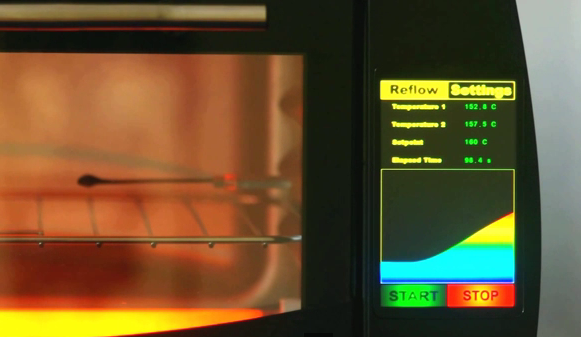Although ChatGPT generated a huge amount of hype around replacing white collar workers completely when it was first released to the public, the general consensus now is that it won’t outright replace anyone yet, but rather people who know how to use it as a tool will replace those who don’t. Getting started with it is not too hard, either, but you’ll of course need a project to work on to familiarize yourself with the tool. [Volos Projects] gave himself the challenge of writing a poker game using ChatGPT not as the opposing player, but as a co-designer in order to learn more about it as an assistant.
The poker game is being built on an ESP32 board with a built-in AMOLED screen. Five buttons are wired to the microcontroller to allow the player to select which cards to discard and which to keep. The bet for each hand can be raised or lowered much like the tabletop poker games often seen in bars and restaurants. To program it, though, ChatGPT was used to help design the code at each step of the way, first describing the overall goal and then building each function one-by-one like shuffling the deck, dealing the hand, and then replacing and dealing new cards.
For anyone who hasn’t yet explored using ChatGPT to help design their programming projects, this effort goes a long way to showing just how useful a tool it can be. For more complex tasks, though, it does take a little bit of knowledge on the part of the user because ChatGPT can often turn out nonsense or factually inaccurate information, but at least in a programming environment you’ll generally find out quickly when that happens. It’s not just a useful tool for writing programs, either. It can accomplish a lot of ancillary tasks related to programming as well, even if it’s not writing the code directly.
Thanks to [Peter] for the tip!













